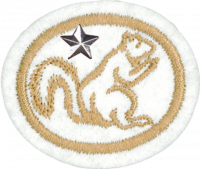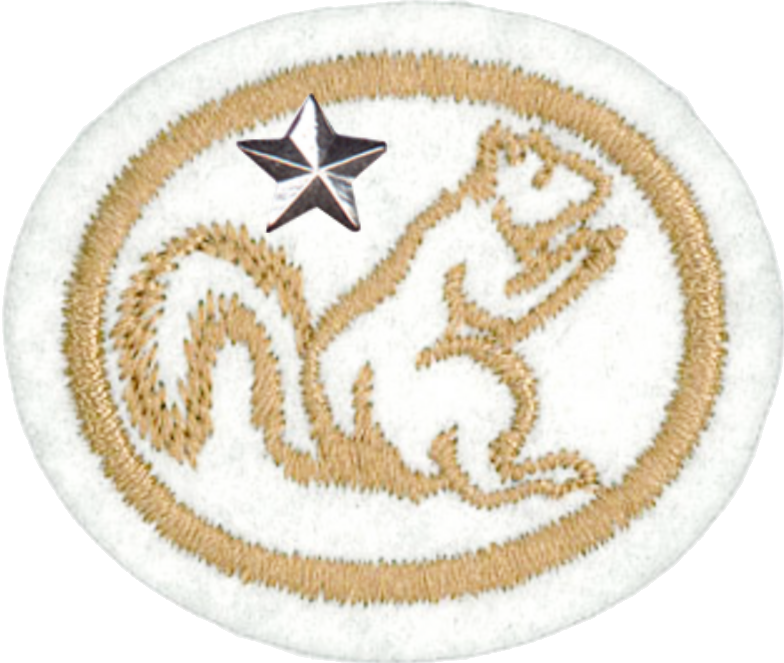Resposta para a especialidade de Mamíferos - Avançado
Nível de Habilidade
2
Ano
1949
Version
02.12.2025
Autoridade de Aprovação
Conferência Geral
1
Para obter dicas e instruções, veja: Mamíferos.
2
Most mammals are protected by law in the form of hunting seasons and licenses. It is illegal to kill most medium-to-large mammals in most parts of the United States without a license, and these licenses are only good during certain seasons. Mammals which are considered pests or vermin, such as rats, mice, and groundhogs, are not protected in this way. They can be exterminated at any time. But deer, squirrels, opossums, beaver, muskrat, weasels, mink, fishercats, bobcats, mountain lions, and wolves either have a designated season, during which a licensed hunter may kill them, or they enjoy a total ban on hunting.
3
Monotremes
Monotremes include the platypus, echidna, and several other species. Monotremes lay eggs. However, the egg is retained for some time within the mother, who actively provides the egg with nutrients. Monotremes also lactate, but have no defined nipples, excreting the milk from their mammary glands via openings in their skin.
Marsupials
Marsupials include kangaroos, opossums, and several other species. The pregnant female develops a kind of yolk sac in her womb which delivers nutrients to the embryo. The embryo is born at a very early stage of development (at about 4-5 weeks), upon which it crawls up its mother's belly and attaches itself to a nipple (which is located inside the pouch). It remains attached to the nipple for a number of weeks. The offspring later passes through a stage where it temporarily leaves the pouch, returning for warmth and nourishment. Most are found in Australia, New Guinea, and South America.
4
- Speed: Several species of antelope are able to outrun many other animals within hours of being born. If a predator cannot catch it, it cannot eat it either.
- Camouflage: Mother deer hide their spotted fawns in the forest. The spots on the fawns make it nearly impossible to see them in the dappled light.
- Teeth: Many mammals are armed with very sharp and long teeth. If cornered, they will first bare their teeth, and if pressed, they will bite! Raccoons are a prime example.
- Claws: Many mammals are also armed with long, sharp claws. These can be used offensively for catching prey, or defensively. A prime example would be the bear - nobody wants to tangle with one of those!
- Quills: Porcupines have specialized thick, stiff, hairs called spines or quills which can be ejected at will into the snout of a potential predator. These quills are barbed at the tips so that they do not come out easily. An animals that finds itself on the receiving end of this formidable weapon will retreat immediately.
- Odor: Skunks have the ability to spray a foul-smelling liquid on anything that threatens it. The smell aside, the spray can cause irritation and even temporary blindness, and is sufficiently powerful to be detected by even an insensitive human nose anywhere up to a mile downwind. Imagine how difficult this would make stalking other potential prey until that smell wears away!
5
- Tularemia
- Rabbits are a major agent for the transmission of Tularemia, which is also known as rabbit fever.
- Bubonic plague
- Rodents, primarily rats are responsible for the spread of bubonic plague.
- Trichinosis
- Trichinosis, also called trichinellosis, or trichiniasis, is a parasitic disease caused by eating raw or undercooked pork and wild game products infected with the larvae of a species of roundworm Trichinella spiralis, commonly called the trichina worm.
- Rabies
- About 50% of the rabies cases in the United States are found in raccoons, though dogs, cats, skunks, and bats are also common sources of the disease. All mammals are susceptible to rabies.
6
- a. Nome
- b. Data da observação
- c. Local
- d. Habitat
- e. Hora do dia
- f. Comportamento
This requirement requires either a lot of dedicated observation, or persistence over a long period of time. Get into the habit of logging the requested information (dates, localities, habitats, etc.), so that after a period of time, you will have all this data recorded.


